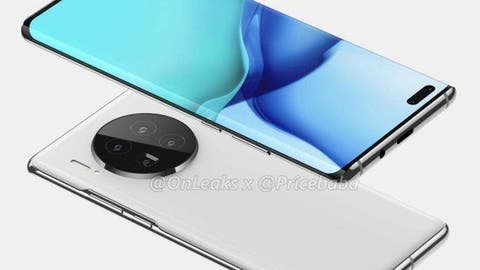At the 2020 Summit of the China Information Technology Association, Yu Chengdong said that Huawei will release a new generation of Mate 40 series in September. Also, he disclosed that these series smartphones will sport the Kirin 9000 high-end chips. By the way, there is every reason to think this will be the latest chips in this series. As you know, Huawei can’t get any American products, including the components from TSMC. But we’ll talk about this later. As for now, three Huawei Mate 40 line handsets have passed the certification of the Ministry of Industry and Information Technology. In other words, the phones are ready and will hit the market in the nearest future.
Among them, the Huawei Mate 40 standard version is code-named ‘Ocean’ and has a model number OCE-AN00. The Mate 40 Pro is code-named ‘Noah’ and has a model number NOH-AN00. At last, the Mate 40 Pro+ has a model number NOP-AN00. It is only known that these three models support dual-card 5G and run on the Android operating system.
Huawei Mate 40 Series Key Features
However, prior to this, we have got too much information about these handsets. In some sense, we can say that almost every feature is known at the moment. Say, we know the Huawei Mate 40 standard version will use LGD’s 6.67-inch curved screen with a 90Hz refresh rate. On the back, this variant will carry a 50-megapixel main camera. In its turn, this camera will be accompanied by a 20-megapixel ultra-wide-angle lens and an 8-megapixel telephoto lens.
The Mate 40 Pro will sport a 90Hz waterfall screen of LGD/BOE. It used a hole-punch design and supports 3D Face ID. The main camera sensor on the back has the same 50-megapixel resolution. This liquid lens is accompanied by an 8-megapixel ultra-wide-angle movie lens, as well as a periscope lens and a TOF lens. .
At the moment, we have nothing about the Pro Plus variant. But as the name implies, it should have a better configuration.
In August, the rendering of Huawei Mate 40 Pro has been leaked. It uses a large-curved ring screen, double hole-punch screen, and a circular camera solution at the back. In addition, the physical volume button is back and the phone remains the virtual buttons around the screen.
